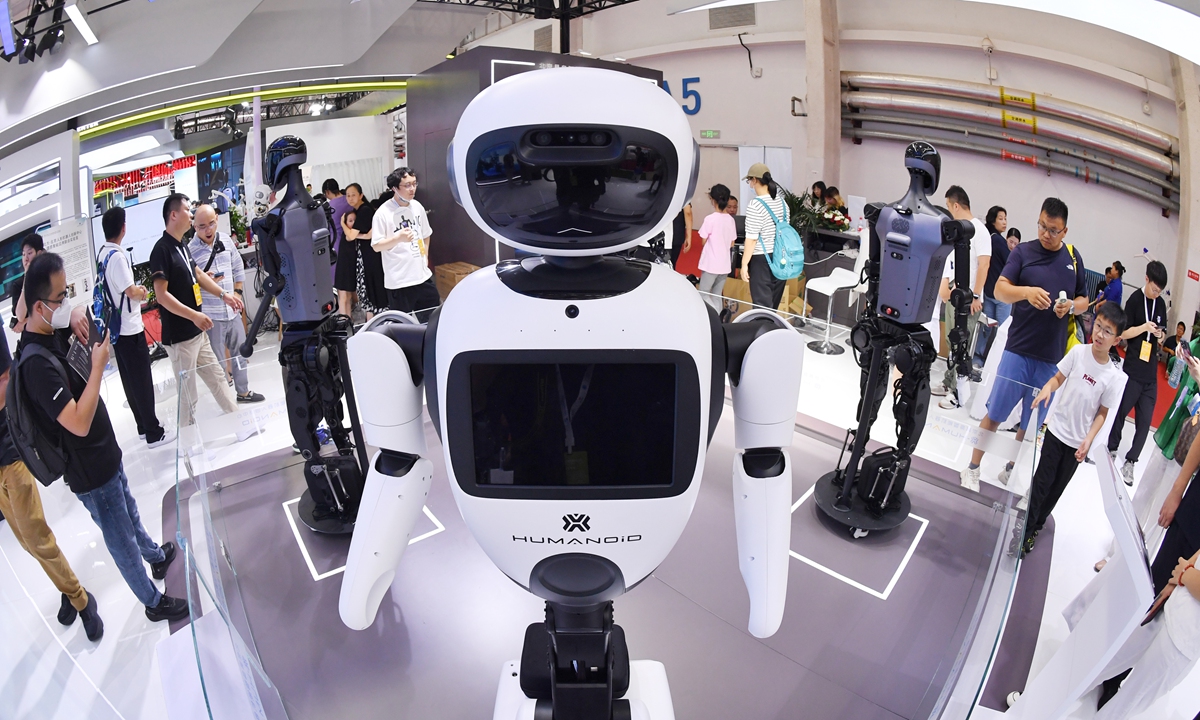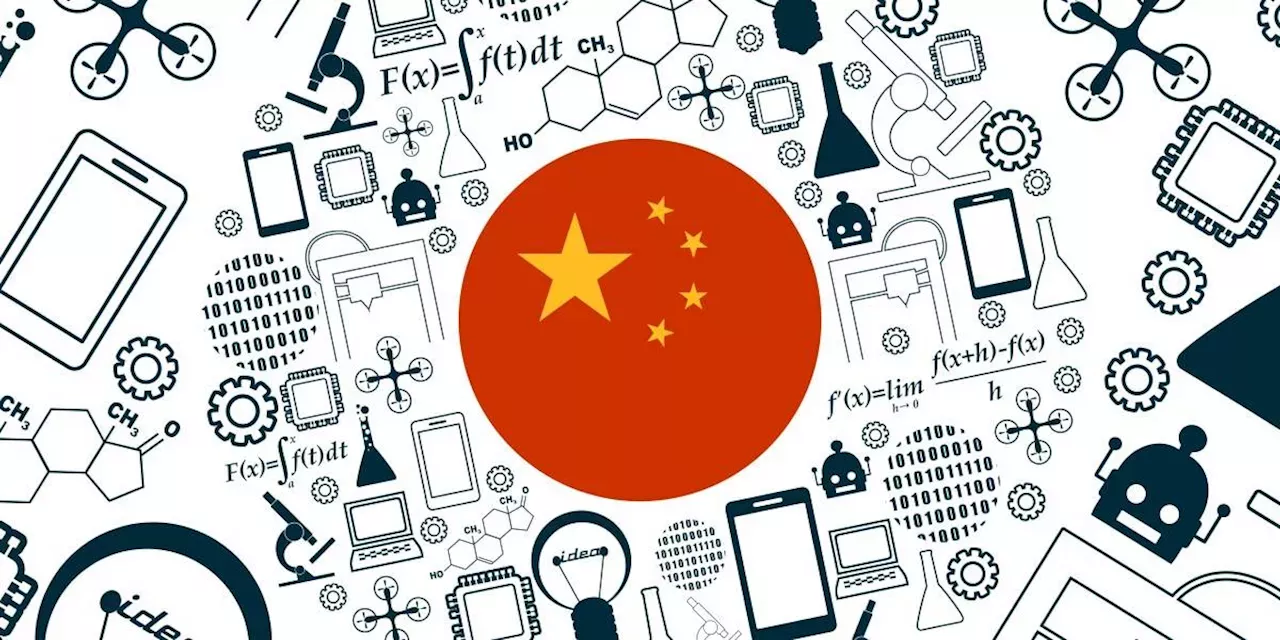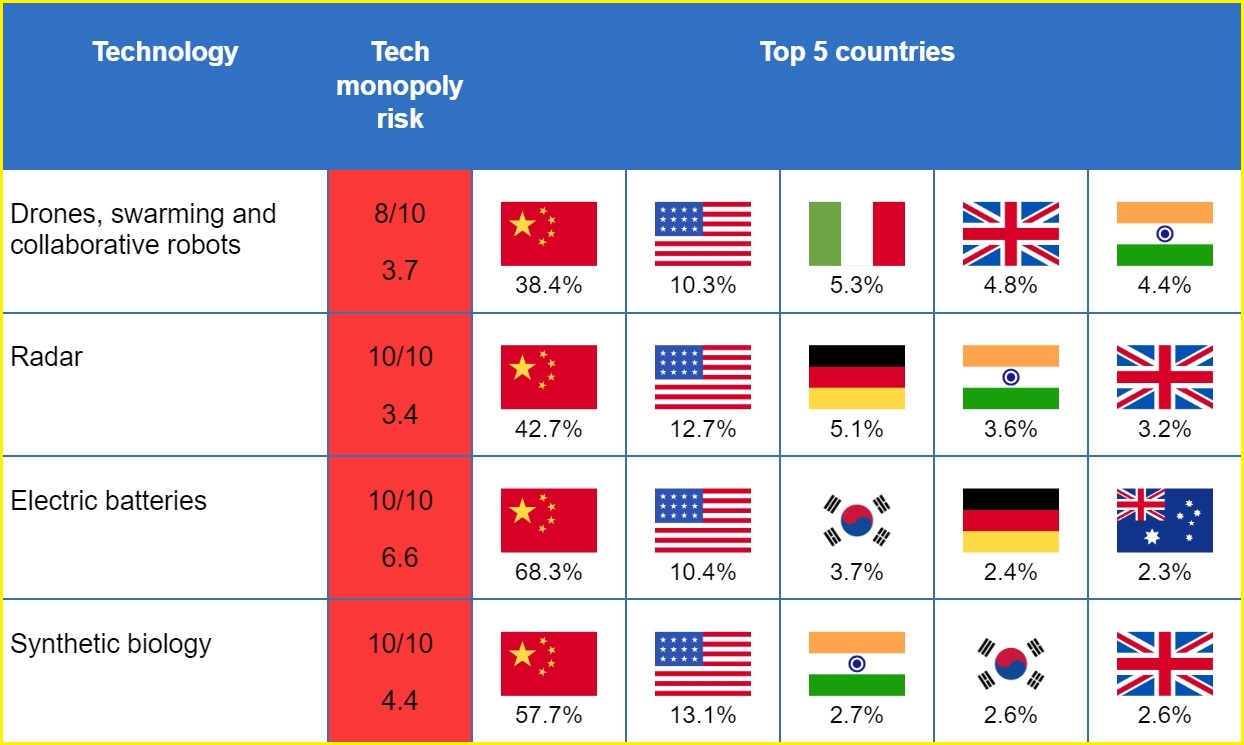Beijingwalker
Elite Member
- Nov 4, 2011
- 76,577
- 104,150
- Country of Origin

- Country of Residence

China now global leader in 90% of critical tech research: think tank

China holds a wide lead in research on advanced aircraft engines, among other areas, according to the Australian Strategic Policy Institute's Critical Technology Tracker. © Reuters
SHOGO KODAMA and MASAYA KATO, Nikkei staff writers
August 29, 2024 02:33 JST
TOKYO -- China is the top research nation in the vast majority of advanced technologies, according to a new study by an Australian think tank that calls on the U.S. and its Asian allies to work together to catch up.
The government-backed Australian Strategic Policy Institute's (ASPI) Critical Technology Tracker assesses countries' research competitiveness based on the number of research paper citations in 64 technology categories. China grabbed the top spot in 57 areas, or nearly 90%, for papers released between 2019 and 2023, according to a report released Wednesday.
This represents a turnaround from the 2003-2007 period, when the U.S. led in 60 out of 64 categories, while China topped just three. For 2019-2023, the U.S. ranked first in just seven categories, including quantum computing and biotechnology, gene technologies and vaccines
In particular, China has made strides in dual-use technologies that have possible military applications. There are 24 categories classified as being at high risk of being monopolized by a country, including radar, satellite positioning and drones.
When it comes to citations related to hypersonic detection and tracking, China has a 73% share, the U.S. has 13% and the U.K. 3%. For advanced aircraft engines, China leads with 63% while the U.S. trails at 7%.
"Scientific breakthroughs and research innovations in key defense technologies are increasingly likely to occur in China," the ASPI report says.

Chinese President Xi Jinping's "Made in China 2025" initiative, announced in 2015, seeks to modernize Chinese industry and boost self-reliance in 10 critical sectors, including semiconductors and robotics.
China's goal is to become a global manufacturing powerhouse by 2049, the year of the centennial of the founding of the People's Republic.
ASPI, founded by the Australian government in 2001, looked at papers published between 2003 and 2023 that are in the top 10% in terms of citations.
With the risk of Chinese tech monopolization rising, the think tank recommends that AUKUS -- the security grouping of Australia, the U.K. and the U.S. -- work more closely with Japan and South Korea.
"In a range of technologies, such as advanced robotics and autonomous systems operation technology, combined AUKUS efforts still trail China's high-impact research output," according to the report. "Combining AUKUS efforts with those of closer partners Japan and South Korea in these areas, however, helps close the gap in research performance."
AUKUS was launched in 2021 as a counterweight to China's growing influence in the Indo-Pacific. The three countries plan to work together on artificial intelligence and other advanced technologies.
In April, defense ministers from the three AUKUS countries issued a joint statement saying they are considering cooperation with Japan.
The U.S., the U.K., and Australia see Japan as a potential partner in AI, quantum technology, electronic warfare capabilities and hypersonic weapons, among other areas. Meanwhile, South Korea, which is investing in the mass production of next-generation semiconductors, is seeking joint research opportunities in cutting-edge defense technologies.
Japan ranked among the top five in terms of 2019-2023 citations in only eight tech categories, including nuclear power and quantum sensors. South Korea ranked in the top five in 24 categories, such as semiconductor manufacturing.




